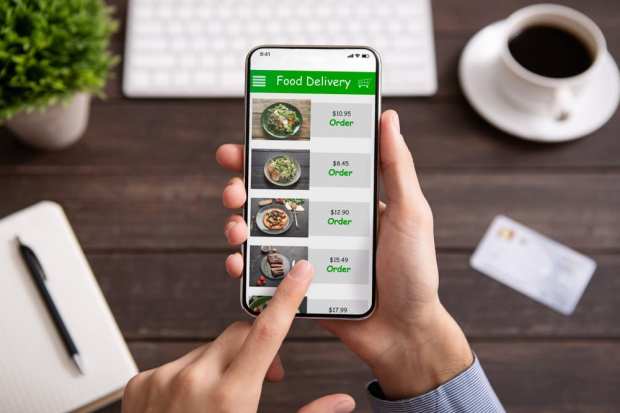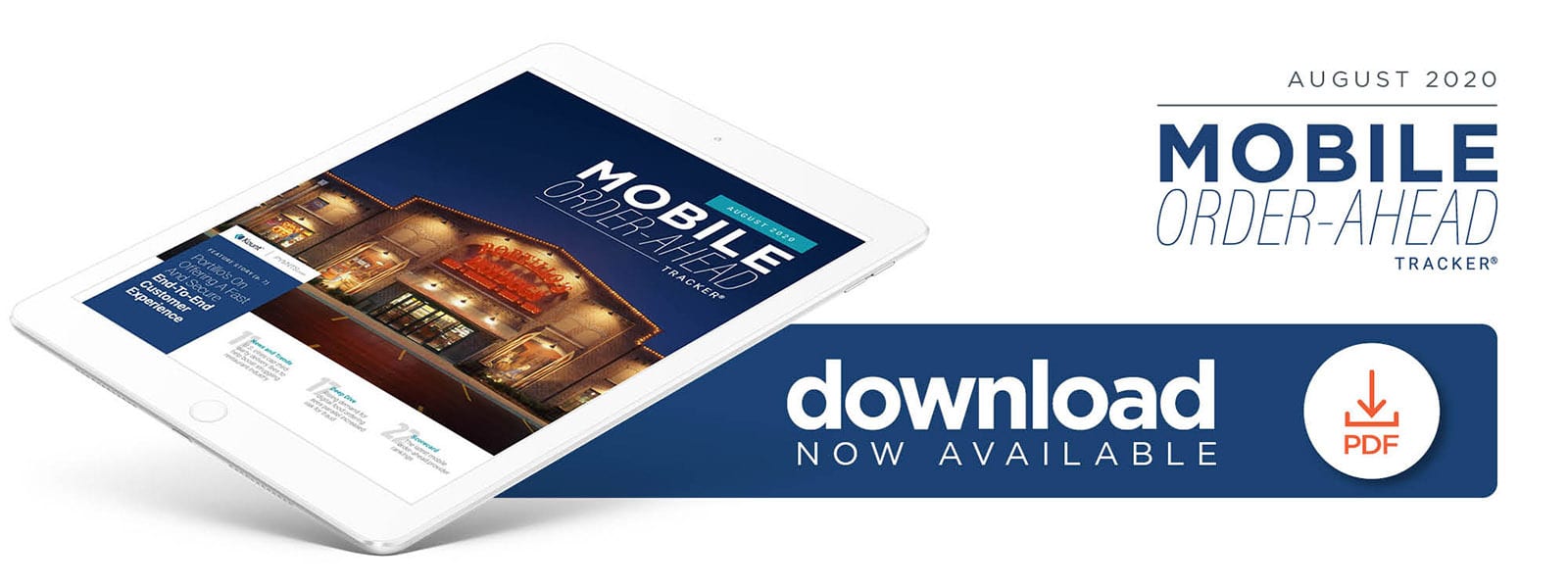Deep Dive: Third-Party Apps Keep Business Flowing Amid COVID-19 Pandemic, Increased Risk Of Fraud

Dine-in restaurants have taken a beating during the COVID-19 pandemic, but those that have shifted to digital channels and relied on third-party mobile apps have kept business flowing. Eateries are staying afloat by turning to third-party providers such as DoorDash, Grubhub and Uber Eats to deliver meals to customers wary of physical interactions. Third party-enabled restaurant sales more than doubled year over year in April, for example, and online food delivery sales are expected to grow 7.5 percent annually through 2024.
Consumers have expressed concerns about using third-party apps despite such growth, however. Sixty-two percent of quick-service restaurant (QSR) guests recently stated that they were wary of fraud when engaging with QSR apps, and 64 percent of American adults have been victims of data theft. Some apps require passwords or leverage QR codes to secure their platforms, but 40 percent of customers report frustration stemming from the numerous steps these security measures require.
Implementing seamless and secure defenses is thus critical as data breaches can negatively affect customers’ experiences and irreparably damage their opinions of brands. A recent survey of 1,000 QSR customers found 62 percent were worried that their interactions with QSRs could lead to fraud, 49 percent were concerned about credit card theft and 41 percent were wary of account takeovers (ATOs). This month’s Deep Dive examines the fraud risks QSRs face when working with third-party delivery services as well as how they can guard against these issues to keep consumers safe.
The Fraud Risks Surrounding Third-Party Apps
Restaurants often host a plethora of data that fraudsters are eager to obtain. Cybercriminals who target QSRs seek employee details, customer financial information and restaurant bank account details to sell them or leverage them for fraudulent activities. Fraudsters have even more opportunities to access sensitive details as growing numbers of consumers rely on third-party apps. Customers looking for faster service can use their phones to connect to various third-party delivery services and have food delivered wherever and whenever, with recent research revealing 23 percent of all smartphone users will tap food delivery apps by 2023.
Recent high-profile fraud incidents have illustrated some of the problems third-party delivery services face. Google-backed Dunzo began allowing users in India to order groceries earlier this year, for example, but it recently suffered a data breach that may have resulted from one of its customers’ platforms being compromised. The delivery service said no financial details were accessed in the incident and that it has reinforced its security system and added protections, but it has not revealed how many customers may have been affected.
Delivering Safe And Secure Customer Experiences
The rise in digital orders is also creating more risk and new fraud avenues for QSRs, Michael Mohammed, CEO of fast-casual Mexican chain Chronic Tacos, recently told PYMNTS. He explained restaurants must pay commission fees to third-party delivery companies as well, which can make it tough for them to turn profits. QSRs are nevertheless working to confront these challenges and provide convenient mobile app services that offer customers secure and enjoyable experiences.
Restaurants must consider numerous factors to provide the seamless and safe delivery options customers seek. Almost 40 percent of consumers report that dealing with complex account login procedures that require multiple steps before allowing them to place orders is the top source of friction they confront when ordering online or through mobile apps. Convenience thus appears to be a key consideration, with recent reports showing that approximately 33 percent of current restaurant experiences involve technologies that offer numerous preordering capabilities.
Artificial intelligence (AI)- and machine learning (ML)-supplemented tools can also bolster restaurants’ fraud prevention efforts. Such solutions can operate in the background without disturbing customers’ transactions, offering smoother security measures without sacrificing convenience. Such technologies can also enable QSRs to take proactive approaches to fighting fraud rather than forcing them to react defensively after incidents occur.
More consumers are turning to third-party delivery apps during the ongoing pandemic, and restaurants are working to ensure the services they offer are smooth as well as secure. QSRs could find that using automated technologies and other digital tools makes all the difference.

